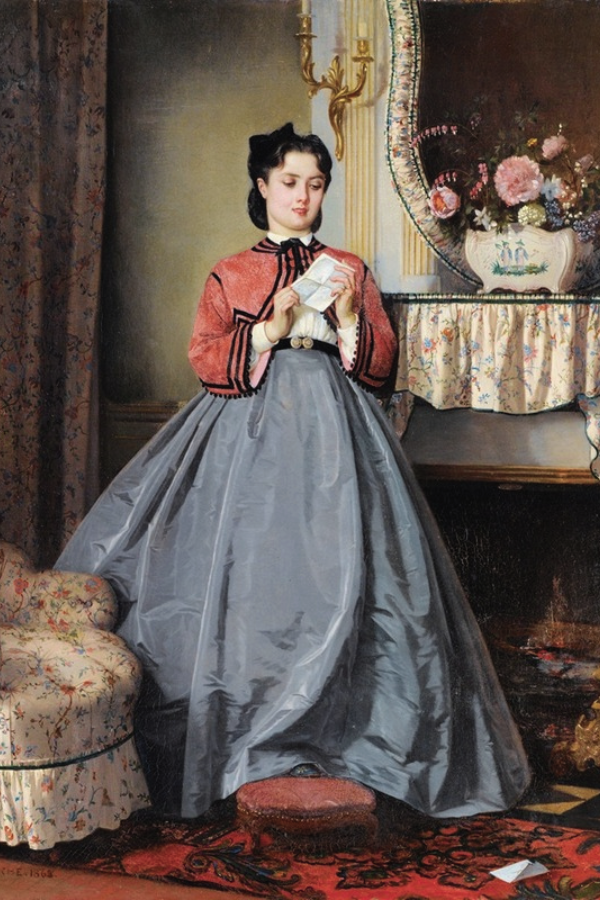

The Psychology Of Color: Red In Interior Design, Branding, And Beyond
Summary
Red is one of the most versatile and impactful colors in art and design, symbolizing everything from power and passion to urgency and sacrifice. Throughout history, red has been used in various cultures to signify wealth, love, and protection. In interior design, red can energize and stimulate spaces, while in branding, it captures attention and evokes strong emotions. In fashion, red boosts confidence and attractiveness. Artists and designers use red to create mood and emphasis, making it a powerful tool in both visual art and media. Understanding the psychological and cultural significance of red can help enhance the effectiveness of its use in various applications.
Reflection Questions
- How does the use of red in your living or working space affect your mood and productivity?
- Can you think of a brand that effectively uses red in its marketing? How does the color influence your perception of the brand?
- Reflect on a time when you wore red clothing or accessories. How did it impact your confidence and the way others perceived you?
Journal Prompt
Think about a specific project or space you are currently working on or planning. Write about how you might incorporate the color red to enhance the mood, convey a message, or create a specific emotional response. Consider the various shades of red and how they might affect the overall atmosphere and perception of the space or project. Reflect on the cultural and psychological implications of using red and how you can strategically apply this knowledge to achieve your desired outcome.
Though we rarely think of it as such, red is one of the most versatile and widely applied colors in art and design. From red traffic lights in modern urban planning to cardinals who wear red in Renaissance portraits, this vibrant hue signifies everything from impending danger to valor to desire to sacrifice. Let’s take a closer look at how red has been used in interior design, fashion, fine art, branding, and media throughout history.
The Historical Significance of Red Across Time and Culture


Red has held profound historical and cultural significance across various ancient cultures and civilizations. In ancient Egypt, red was associated with life, power, and protection, often used in amulets and garments to invoke divine favor and safeguard the wearer. Similarly, in ancient China, red symbolized prosperity, happiness, and good fortune, prominently featured in celebrations, religious ceremonies, and bridal attire.


In Hinduism, red represents purity, fertility, and marital bliss, and is frequently worn by brides during wedding rituals. Across different cultures and religions, red has been a powerful symbol, conveying meanings ranging from love and passion to war and sacrifice. Historically, the use of red in art and design was also significant, with artists utilizing the color to draw attention, evoke emotions, and signify importance.
The vibrant reds seen in Renaissance paintings, for example, highlighted the wealth and status of the subjects, while in Christian art, red often symbolized the blood of Christ and the sacrifice of martyrs. Through its varied and rich symbolism, red has maintained a lasting presence in cultural expressions and artistic creations throughout history.
Red Color Psychology: How We Feel When We “See Red”
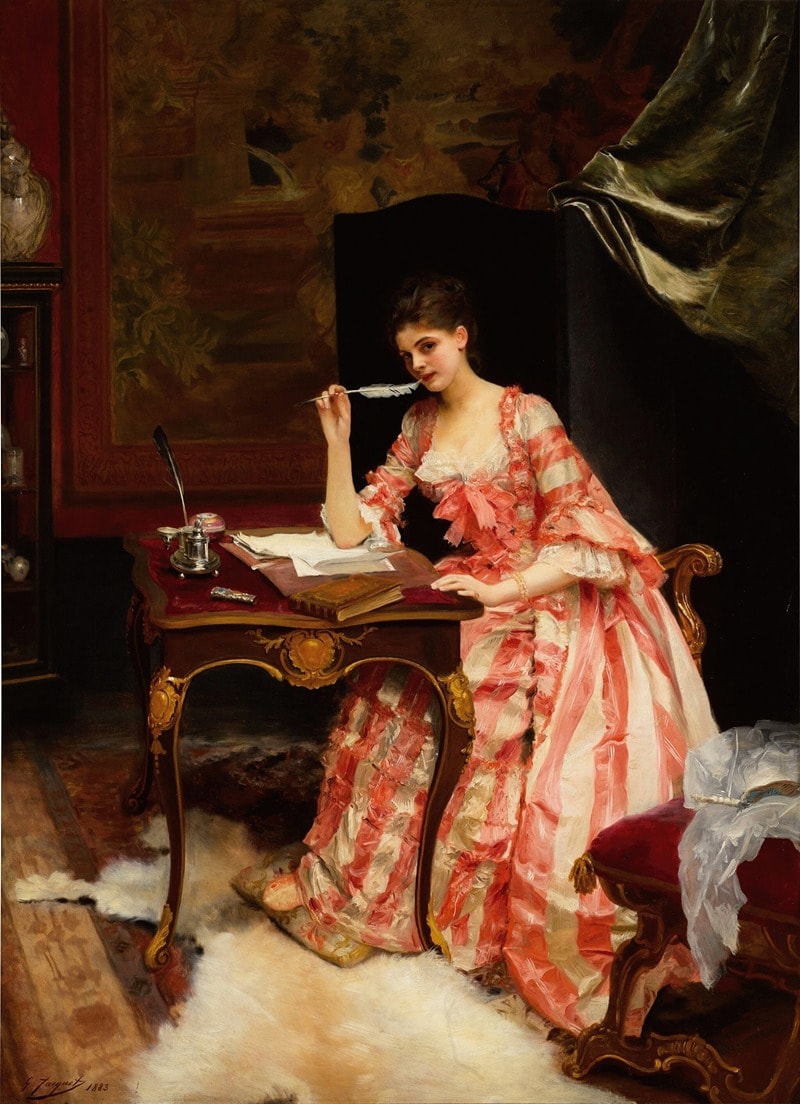

Before we explore the diverse applications of this hue, let’s explore red colour psychology. Psychologically, red is a stimulating color that can increase heart rate and create a sense of urgency and excitement. Studies have shown that red can enhance physical attraction and increase perceptions of attractiveness and desirability. For example, research has found that men perceive women wearing red as more attractive, and the same effect is seen with women perceiving men in red.
The association of red with love and arousal has roots in both physiological responses and cultural symbolism. The body’s natural tendency to flush red when experiencing heightened emotions likely contributed to the enduring connection between the color red and feelings of love and passion.
When a person experiences arousal or strong emotions, the sympathetic nervous system is activated, leading to the dilation of blood vessels (vasodilation) and increased blood pressure. This process increases blood flow to the skin, causing the characteristic reddening or blushing. This visible sign of arousal and emotional intensity can make red a powerful and evocative color.
The physiological response of blushing likely plays a role in cultural and historical associations with the color red. Throughout history, red has been used to symbolize love, passion, and romance in various cultures. This symbolism is evident in many traditions and practices like Valentine’s Day, certain weddings and cultural events, etc.
Red Colour Psychology Beyond Love and Passion
Beyond passion, red is deeply intertwined with the concepts of power and urgency. Its bold and intense hue naturally draws attention, making it a symbol of authority and dominance. Historically, red has been used to signify power, seen in the robes of royalty and high-ranking officials, where the color denoted status and command.
Additionally, red’s association with urgency is rooted in its ability to provoke a physiological response—accelerating heart rate and increasing alertness. This makes red an effective color for signaling danger or the need for immediate action, commonly seen in warning signs and emergency signals. Overall, red’s vibrant presence encapsulates a spectrum of powerful emotions and responses, from the commanding to the passionate to the urgent, reinforcing its significance in various aspects of human experience.
Red in Interior Design
In living spaces, red tends to increase energy levels and stimulate conversation, making it an excellent choice for social areas like living rooms and dining rooms. However, its intensity can also provoke feelings of anxiety or restlessness if overused. The psychological impact of red varies with its shade; deeper reds can create a sense of warmth and coziness, while brighter reds can invigorate and energize a space. Understanding these effects is crucial for achieving the desired atmosphere in a home.
Effective Uses of Red in Different Rooms
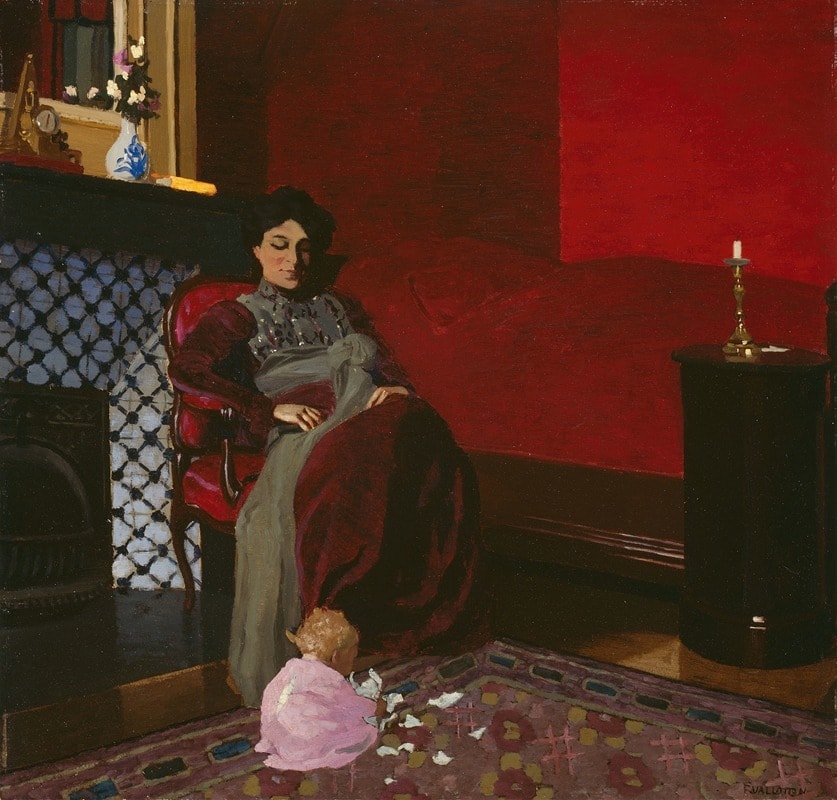

Different rooms in a home or commercial space can benefit from the strategic use of red to enhance their functionality and aesthetic appeal. In a club setting, red is often used to create a vibrant and energetic atmosphere that stimulates social interaction and excitement. The color can be incorporated through lighting, furnishings, and decor to enhance the overall mood and make the space feel dynamic and inviting. Red lighting, in particular, can add a sense of drama and allure, making the club experience more captivating and memorable.
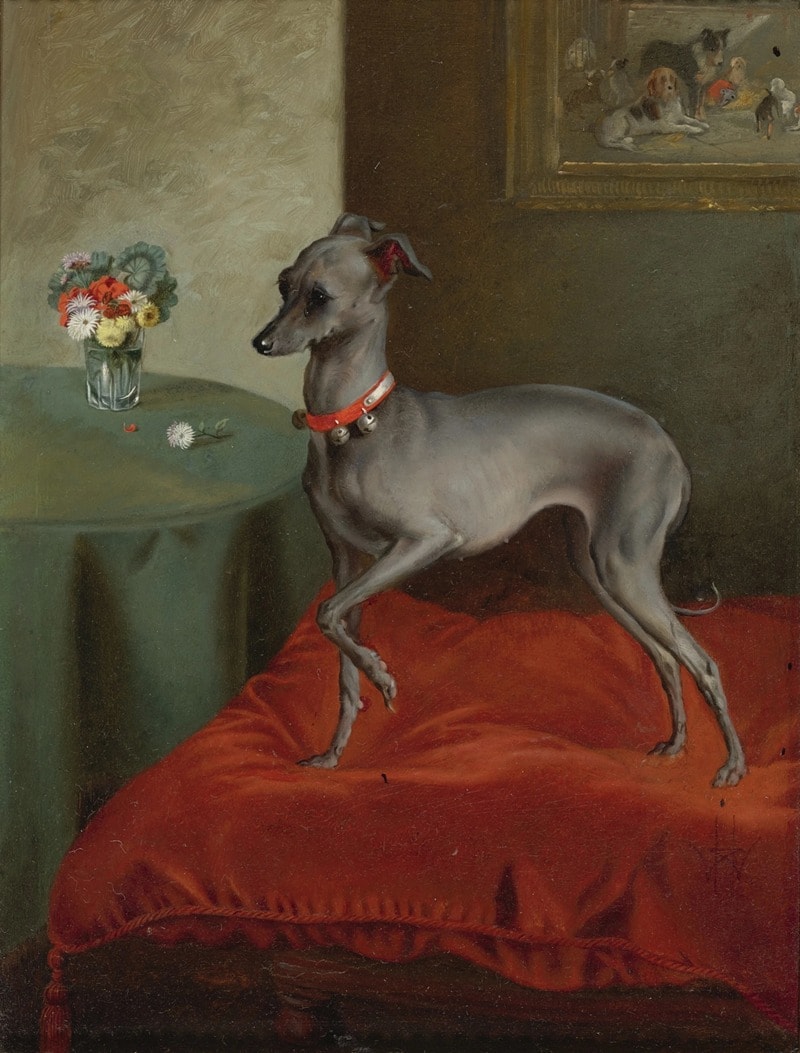

In a living room, red can be used to create a welcoming and lively environment, often through accent walls, throw pillows, or artwork. In the bedroom, softer shades of red or reddish undertones in accessories can add a touch of romance and warmth without overwhelming the calming purpose of the space. In the kitchen, red can stimulate appetite and conversation, making it a popular choice for walls, cabinetry, or small appliances. The key is to balance red with other colors to avoid an overpowering effect.
Tips for Incorporating Red into Interior Design Without Overwhelming the Space
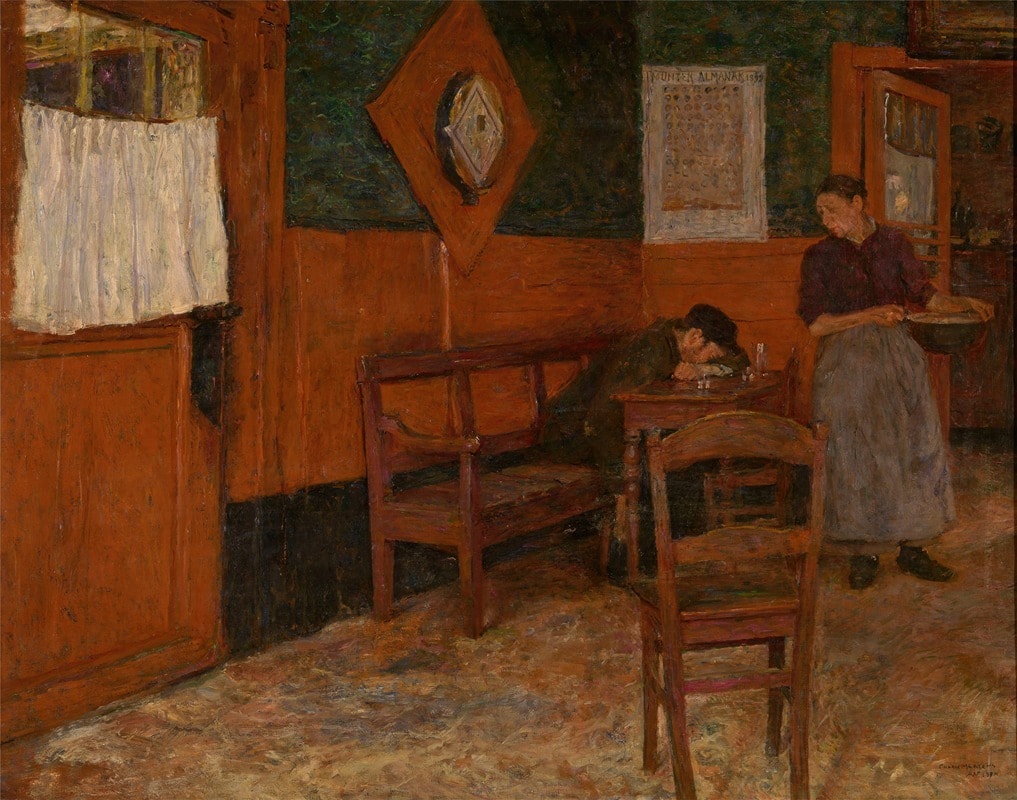

Incorporating red into interior design requires careful consideration to maintain harmony and avoid overwhelming the space. One effective strategy is to use red as an accent color rather than a dominant hue. Consider how the dominance of dark red in the painting above communicates a somber tone.
A more inviting atmosphere can be achieved through decorative elements like cushions, rugs, vases, or artwork. Pairing red with neutral colors like white, beige, or gray can help to balance its intensity and create a more sophisticated look. Additionally, using varying shades of red can add depth and interest without being too overpowering. Introducing red through patterns or textures can also provide a subtle yet impactful touch.
Red in Branding and Marketing


Red plays a major role in brand identity and consumer perception due to its strong visual impact and associations with powerful emotions. Brands that incorporate red into their logos and marketing materials often aim to convey qualities like excitement, energy, passion, and urgency.
The boldness of red helps to capture attention quickly, making it an effective choice for brands that want to stand out in a competitive market. Aed can evoke feelings of trust and reliability, depending on its shade and application, influencing how consumers perceive the brand’s values and identity.
Famous Brands that Use Red and the Reasoning Behind Their Color Choice
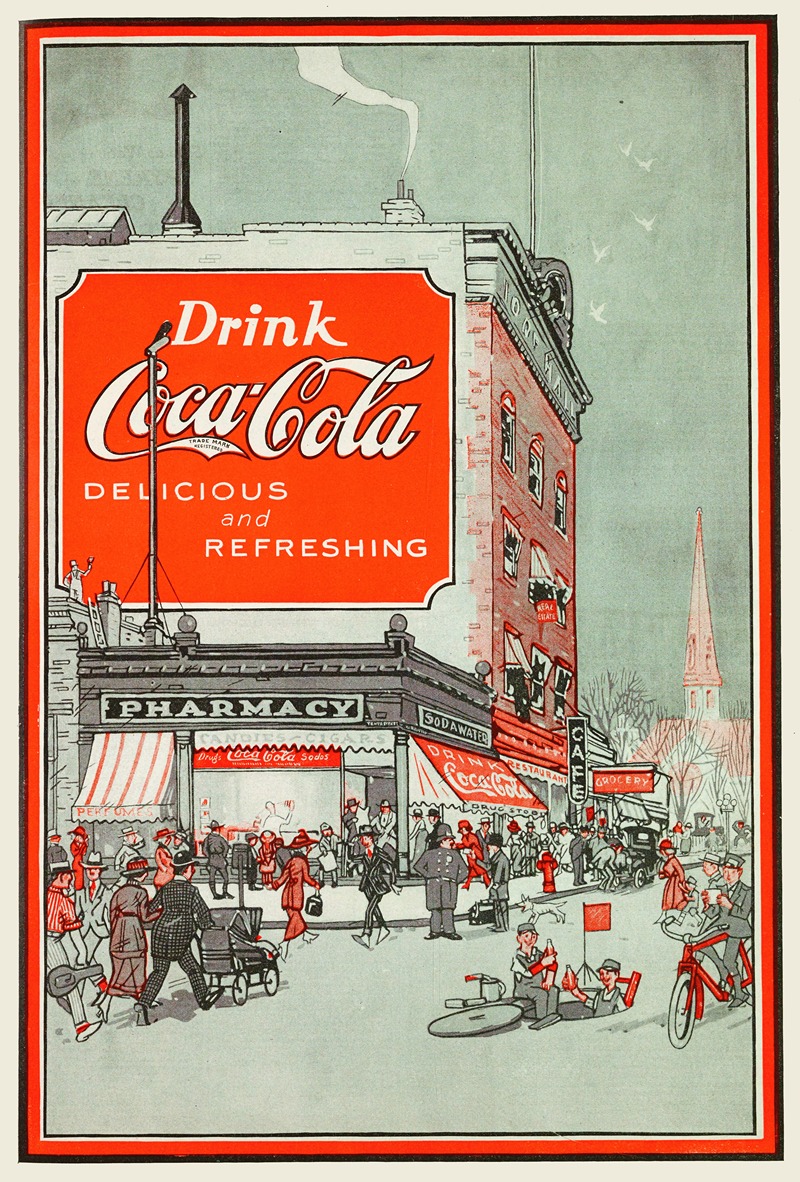

Several famous brands have successfully used red to strengthen their brand identity. Coca-Cola, one of the most recognizable brands globally, uses red to convey excitement, energy, and a sense of joy. The red color is also believed to stimulate appetite, making it an ideal choice for a beverage company.
Another example is Netflix, which uses red to signify passion and the dynamic nature of entertainment, drawing viewers’ attention and creating a sense of urgency to watch their content. Target uses red to create a sense of excitement and to stand out in the retail space, reinforcing its brand as a lively and vibrant shopping destination. These brands strategically use red to create emotional connections with their audience and to enhance brand recall.
How Red Affects Purchasing Decisions and Consumer Behavior
Red’s influence on purchasing decisions and consumer behavior is significant due to its ability to evoke strong emotional responses. Studies have shown that red can increase heart rates and create a sense of urgency, often leading consumers to make quicker purchasing decisions.
Retail environments and advertisements that feature red can stimulate impulse buying, as the color grabs attention and encourages action. Red can enhance perceptions of value and quality, making products appear more desirable and premium. This psychological impact makes red a powerful tool in driving consumer behavior and boosting sales.
Red in Fashion and Personal Style


Red in clothing and accessories symbolizes a range of powerful emotions and attributes, including passion, love, confidence, and boldness. Historically, red has been used to signify wealth and power, as the dyes were often expensive and difficult to produce. In modern times, wearing red continues to convey a sense of strength and assertiveness. Red accessories like scarves, handbags, and shoes, can add a pop of color to an outfit, making a statement about the wearer’s vibrant personality and willingness to stand out.
Red in Fashion History and Contemporary Trends


Throughout fashion history, red has held a prominent place, from the sumptuous red robes of royalty and the church in the medieval period to the glamorous red dresses of Hollywood’s Golden Age. Iconic fashion moments like Marilyn Monroe’s red lipstick and the classic red sole of Christian Louboutin heels have cemented red’s status as a symbol of allure and sophistication.
In contemporary fashion, red is associated with bold design. Designers frequently incorporating bold red pieces in their collections. Seasonal trends often highlight red as a key color, whether in striking red coats for winter or vibrant red sundresses for summer.
The Psychological Impact of Wearing Red: Confidence, Attraction, and Attention
Wearing red has a significant psychological impact, often leading to increased confidence and a heightened sense of attractiveness. Studies have shown that red can enhance perceptions of the wearer’s social and sexual appeal, making them more noticeable and memorable.
This is why red is a popular choice for occasions where one wants to leave a lasting impression, like dates, parties, and important presentations. The attention-grabbing nature of red can also empower individuals, making them feel more assertive and ready to take on challenges. As a result, red is not just a color in fashion but a powerful tool for personal expression and psychological empowerment.
The Wide-Ranging Symbolism of Red Clothing in Art
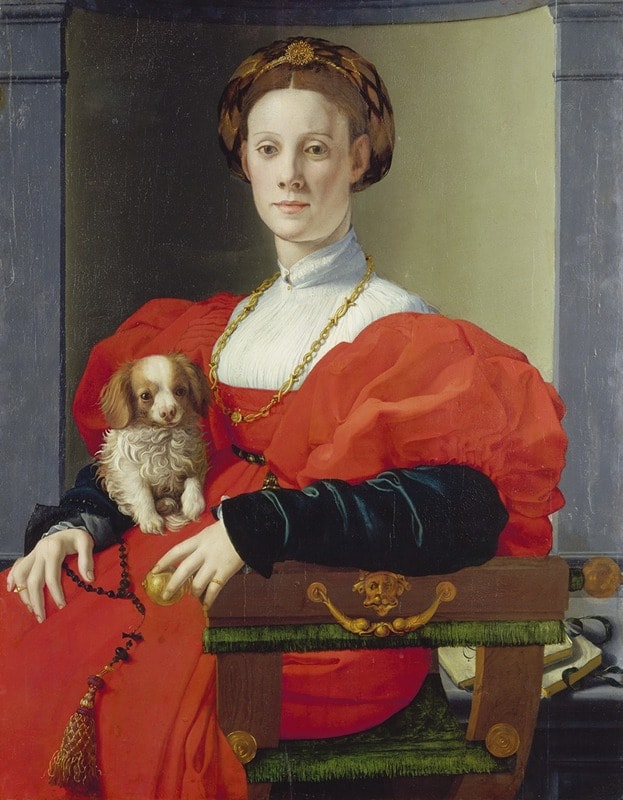

Whether worn by men or women, the color red elevates the subject’s portrayal, making them stand out and imbuing them with a deeper meaning that resonates across time and cultures. Through its use in art, red continues to captivate and communicate complex narratives and emotions, reflecting its enduring impact on human perception and societal values.
Red in Clothing Across Eras
Red clothing has been a powerful symbol in art throughout history, worn by both men and women to convey a wide range of meanings. Its presence in paintings is not merely an artistic choice but often a deliberate decision to imbue the subjects with specific qualities or to align them with particular cultural or societal connotations.
Fuel your creative fire & be a part of a supportive community that values how you love to live.
subscribe to our newsletter
*please check your Spam folder for the latest DesignDash Magazine issue immediately after subscription


In Ancient Egypt, red was associated with vitality, power, and protection. The color was often used in garments for high-ranking individuals and in religious contexts to invoke the protection of deities. Similarly, in Ancient Greece and Rome, red was linked to strength and courage. Roman soldiers often wore red cloaks, symbolizing their bravery and martial prowess, while red garments were also worn by the wealthy as a sign of status and power. Red was also associated with the gods. According to this resource from the The North Carolina Museum of Art, “[Red] stands out to us more than any other color; this phenomenon may explain why many ancient cultures believed that red was supernatural.”
Power and Prestige
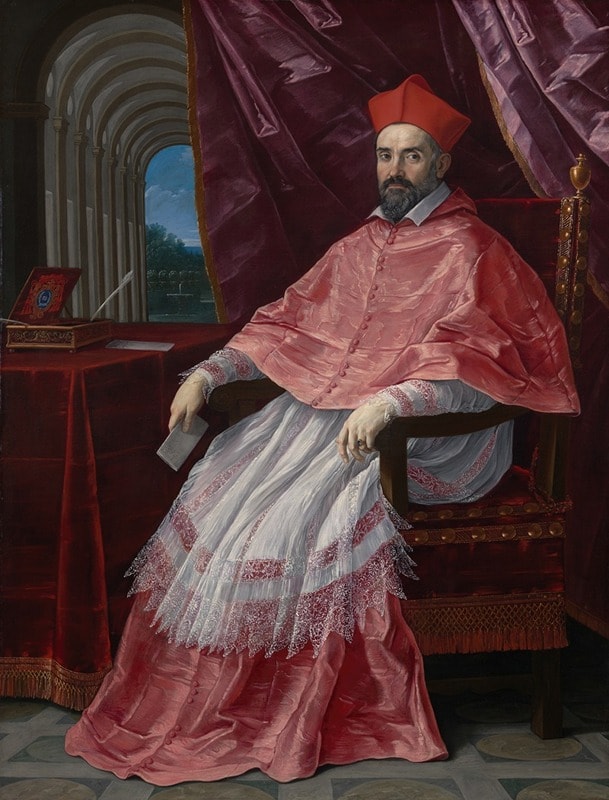

In many historical artworks, red clothing signifies power, wealth, and social status. During the medieval and Renaissance periods, the dye used to create red garments was expensive and difficult to produce, typically derived from the cochineal insect or the madder plant.
As a result, red became a luxury color worn by the elite. In portraits of royalty and nobility, both men and women are often depicted in red to emphasize their high rank and authority. For instance, cardinals in the Catholic Church are traditionally shown in red robes, symbolizing their prominent position and their willingness to defend their faith.
Passion, Emotion, and Sexuality
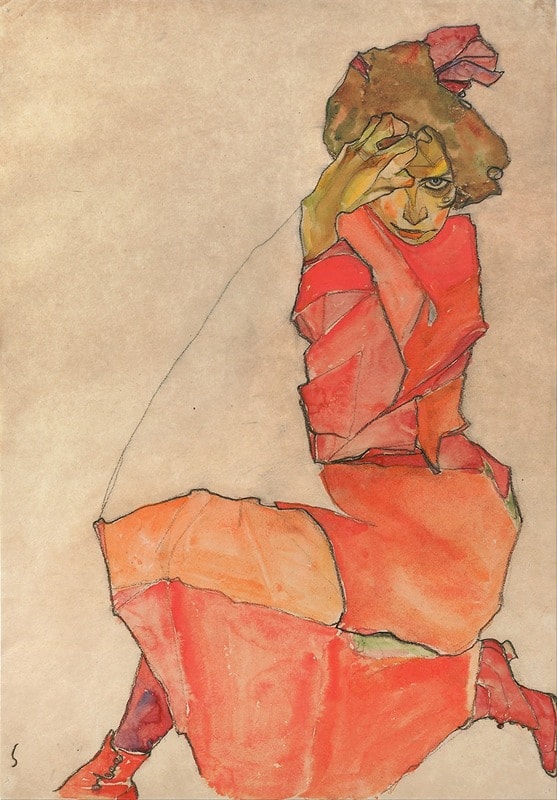

Red is universally associated with strong emotions like passion, love, and desire. In art, women wearing red dresses or accessories like shawls often represent these intense feelings. Renaissance and Baroque paintings frequently depict women in red to highlight their sensuality and emotional depth. In the 19th century, Egon Schiele did the same. The color draws attention and evokes a sense of intimacy and fervor, making the subjects more alluring and dynamic.
Sacrifice and Martyrdom


In religious art, red clothing can symbolize sacrifice and martyrdom. Saints and martyrs are often portrayed wearing red to signify their suffering and ultimate sacrifice for their faith. This is particularly evident in depictions of Christian saints, where red is used to convey the bloodshed and steadfastness in their beliefs.
Valor and Heroism
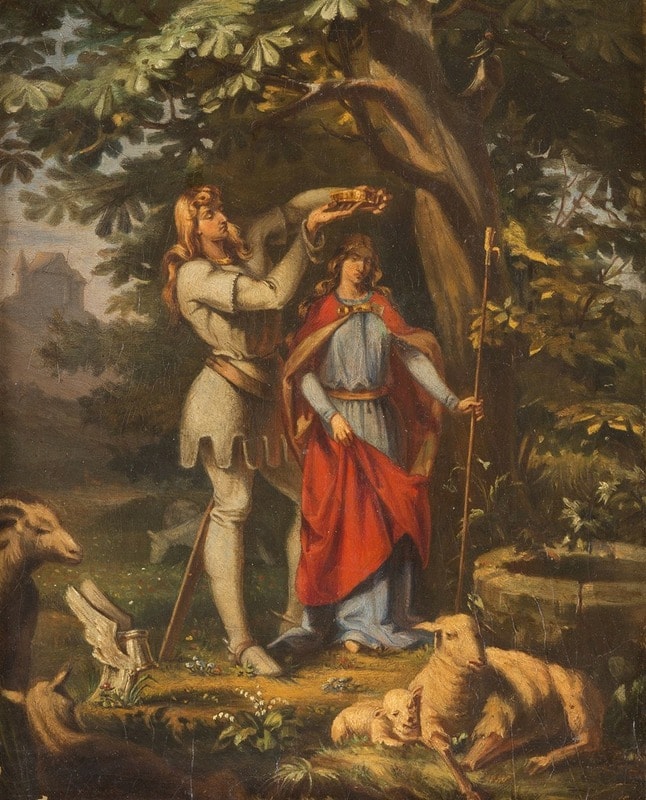

For men, red has also been a symbol of valor and heroism. Historical paintings often depict soldiers, knights, and other heroic figures in red to signify their bravery and readiness to fight. The color serves as a visual cue for the viewer, indicating that the subject is a figure of strength and courage. Roman soldiers, for example, are frequently shown in red cloaks, a color that was believed to bring good fortune in battle and to intimidate enemies.
Cultural and Ceremonial Significance
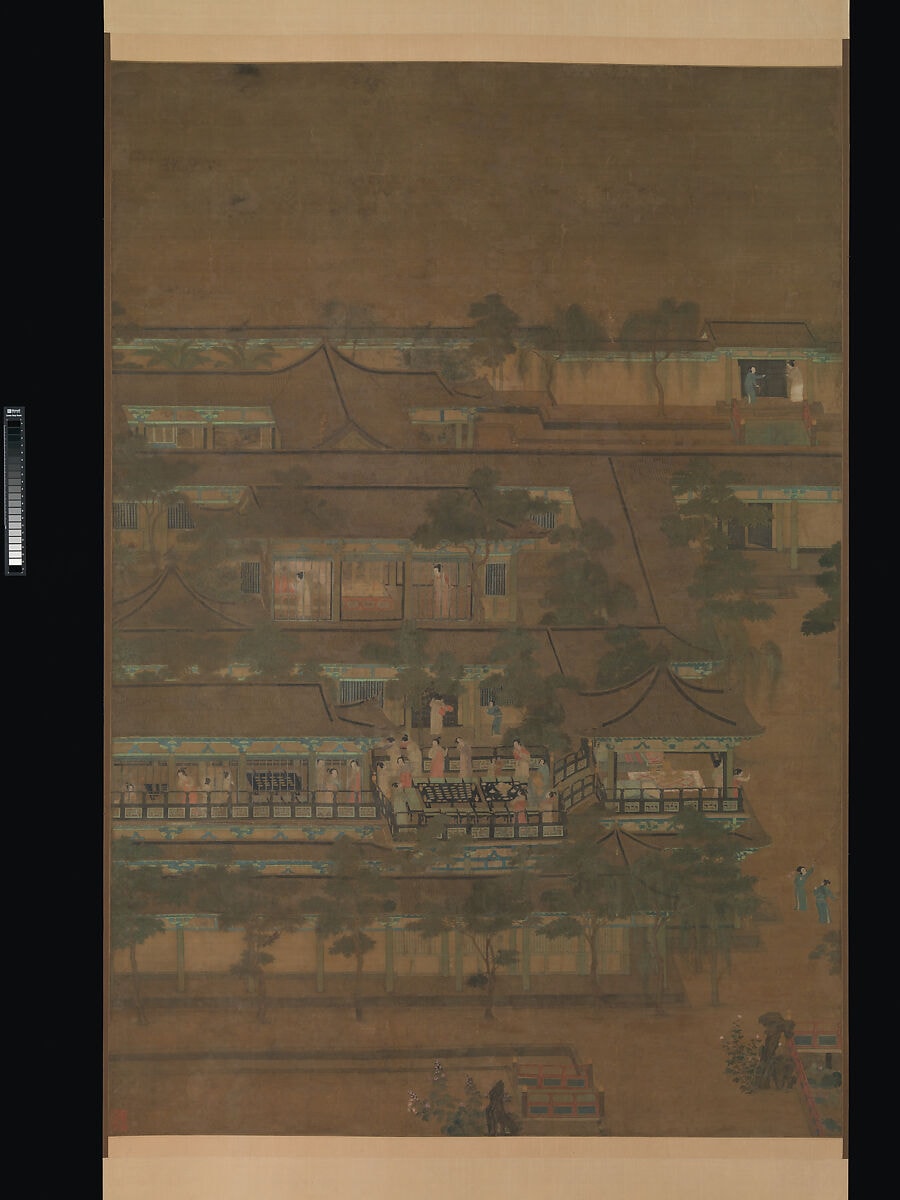

Red’s significance extends to cultural and ceremonial contexts as well. In various traditions, red is worn during important rituals and celebrations. For example, in Chinese culture, red is a symbol of good luck and happiness, commonly seen in wedding attire and New Year’s celebrations. In Indian culture, red bridal saris symbolize purity, prosperity, and marital bliss. Paintings depicting such cultural practices use red to emphasize these positive attributes and the importance of the events.
Red in Art and Media


Red has been a powerful element in visual art, employed by artists to convey a wide range of emotions and themes. Techniques like the use of bold red brushstrokes, red glazing, and layering create depth and intensity in paintings. Symbolically, red can represent everything from love and passion to violence and conflict.
For example, Renaissance artists often used red to highlight the divinity and sacrifice of religious figures, while modern artists like Mark Rothko utilized large fields of red to evoke emotional responses from the viewer. The versatility and impact of red make it a favorite among artists seeking to communicate complex ideas and emotions.
Red in Film and Photography: Creating Mood and Emphasis
In film and photography, red is a powerful tool for setting mood and drawing attention to specific elements. Directors and photographers use red lighting, costumes, and props to create dramatic effects and emphasize key aspects of the narrative.
For instance, the use of red in the film “Schindler’s List,” where a little girl in a red coat stands out against the black-and-white background, serves as a poignant symbol of innocence amidst the horrors of war. Similarly, red can be used to signify danger, love, or passion, manipulating the audience’s emotions and guiding their focus within the frame.
Iconic Works of Art and Media that Prominently Feature the Color Red
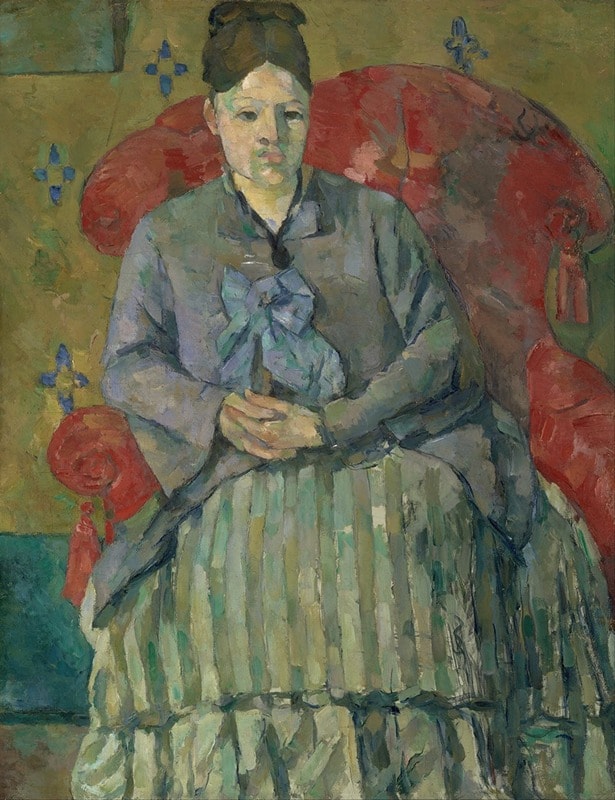

Numerous iconic works of art and media have prominently featured the color red, underscoring its powerful presence. Henri Matisse’s “The Red Studio” immerses the viewer in a room bathed in red, creating a sense of warmth and intimacy. In cinema, the red dresses worn by characters in films like “Moulin Rouge!” and “The Matrix” have become symbolic of allure and significance within their narratives.
Red in Urban Planning and the Built Environment
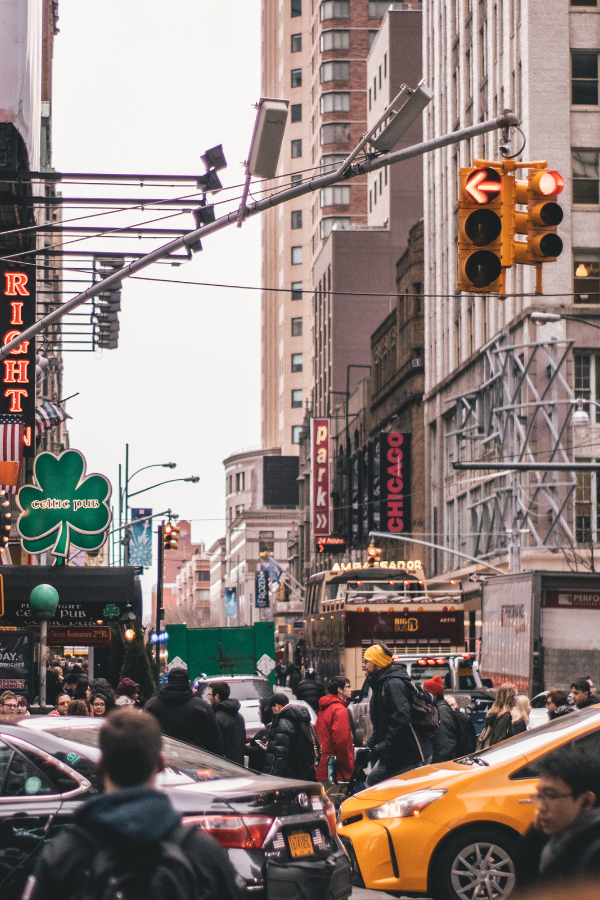

In the natural world, red serves as both an attraction and a warning signal in flora and fauna. Many flowers and fruits are red to attract pollinators and seed dispersers, utilizing the color’s high visibility to draw the attention of birds, insects, and mammals. Conversely, red also acts as a warning signal in many species, indicating danger or toxicity. For example, the bright red coloring of certain insects, amphibians, and snakes warns predators of their poisonous nature. This dual role of red in nature demonstrates its powerful impact on behavior and survival strategies across species.
Impact of Red in Environmental and Ecological Design
In environmental and ecological design, red can be used strategically to create visually striking and functional spaces. Red structures like bridges, buildings, and public art installations, can serve as landmarks and focal points within the landscape. The color’s vibrant presence can energize a space and make it more inviting, encouraging interaction and engagement.
In ecological design, red can highlight areas that require attention or denote pathways and boundaries, guiding movement and promoting safety. Additionally, the use of red in sustainable materials and energy-efficient technologies can combine aesthetics with environmental responsibility, creating harmonious and impactful designs.
In urban design, red is commonly used for essential safety and emergency signals like firetrucks, stop signs, and traffic lights. The high visibility of red makes it ideal for these purposes, as it quickly captures attention and conveys urgency. Red firetrucks are easily recognizable even from a distance, ensuring rapid response in emergencies. Stop signs and traffic lights use red to indicate stopping and caution, effectively regulating traffic flow and enhancing road safety. The strategic use of red in urban environments underscores its importance in ensuring public safety and effective communication within bustling cityscapes.
Final Thoughts: The Power of Color in Art and Design
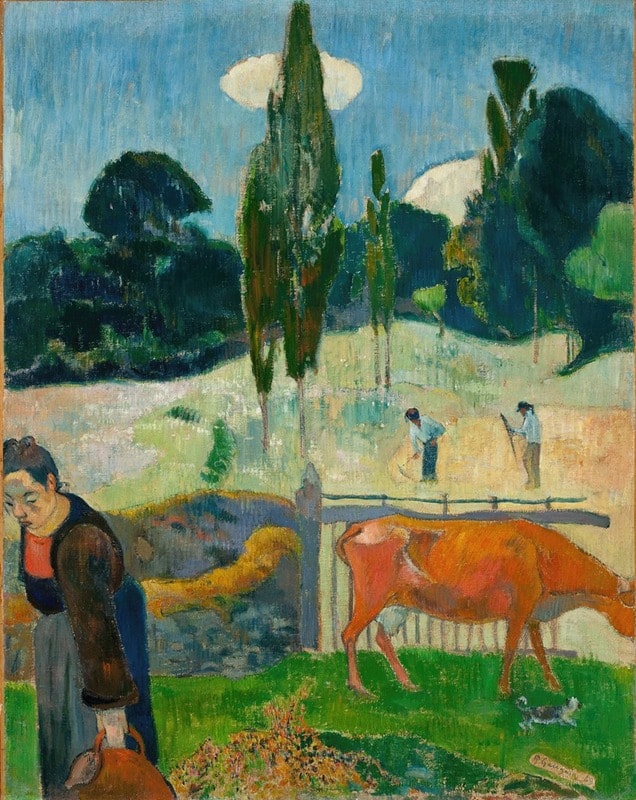

As we have explored, red is a color rich in symbolism and psychological impact. It influences everything from our emotional responses to our perceptions of power and urgency. Whether used in interior design, branding, fashion, art, or urban planning, red’s versatility and intensity make it a powerful tool for conveying messages and evoking feelings.
As you create art or design spaces, consider the profound effects that color can have. Think about the emotions and reactions you wish to elicit and how the strategic use of red can help achieve those goals. By thoughtfully integrating color into your work, you can enhance its impact, create deeper connections with your audience, and transform environments in meaningful ways.








